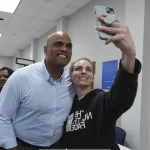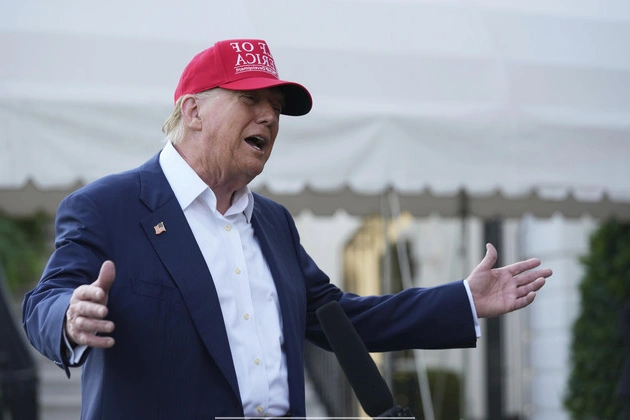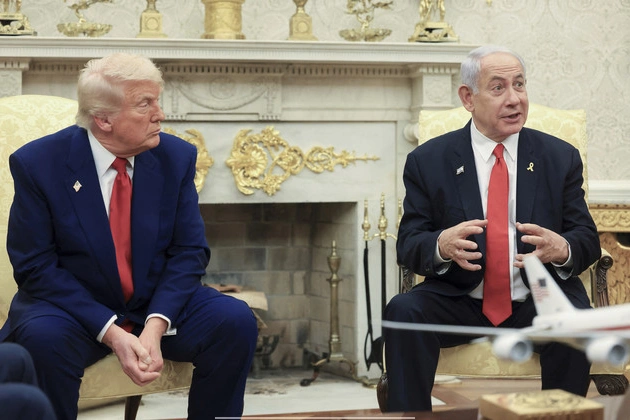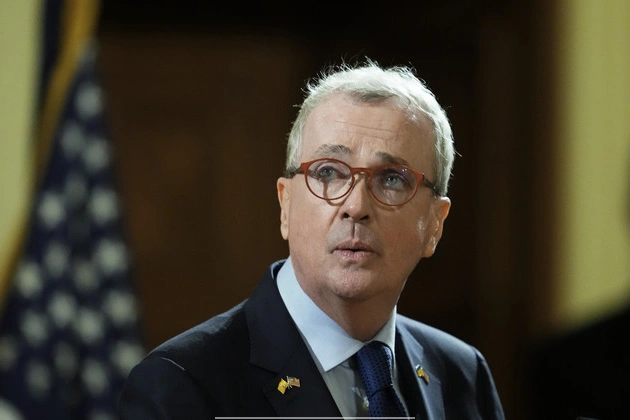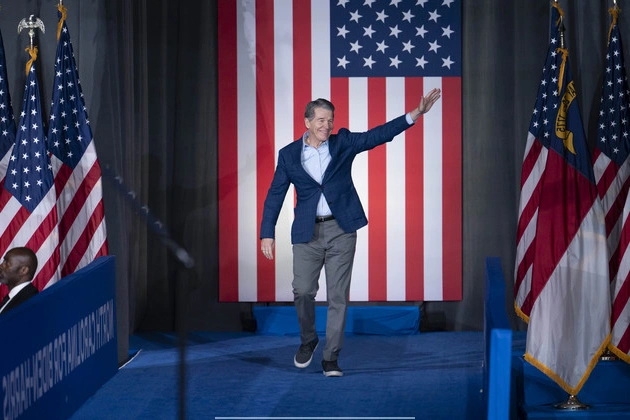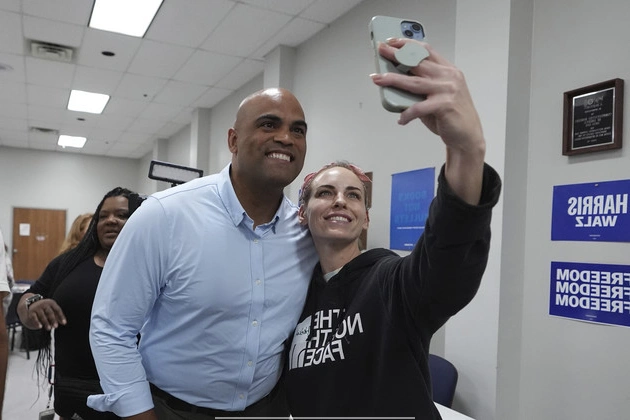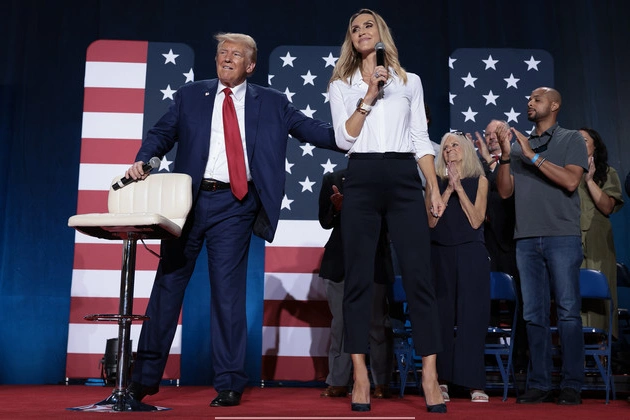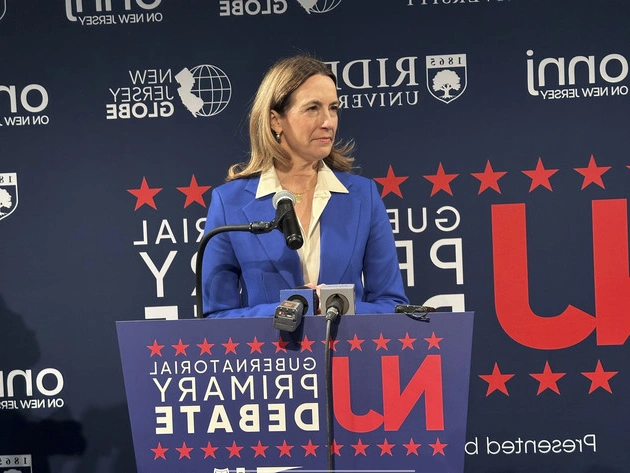
New Jersey Governor Candidates Signal for External Help
As the New Jersey primary elections approach, Democratic governor candidates are turning to their campaign websites for guidance on voter outreach. This strategy not only informs supporters but also signals to outside groups where to focus their resources in the leadup to the June primary.
In a recent memo addressed to ‘interested parties,’ Rep. Mikie Sherrill’s campaign manager emphasized the importance of direct voter contact in the final stretch of the race. The campaign has identified key voter demographics, including Hispanic and Asian voters, as well as white women who have a history of voting in Democratic primaries.
Specific targets have been outlined, with a focus on engaging voters who have participated inconsistently in past primary elections. The campaign has even provided details on where these voters can be found, broken down by county and municipality.
Public instructions and resources are readily available on Sherrill’s campaign website under the ‘media’ section. These materials not only guide supporters but also offer insights for potential outside supporters, including super PACs looking to bolster her campaign through advertisements.
The campaign tactic known as ‘redboxing,’ where key messaging points are highlighted in a literal red box, is a common practice. While concerns about coordination with super PACs have been raised, the Federal Election Commission has not taken action against this strategy, viewing online public statements differently.
Sherrill’s campaign has specifically targeted Black voters who vote by mail, emphasizing the importance of this demographic in the upcoming elections. Super PACs are expected to play a significant role in the governor race, providing candidates with additional support beyond traditional campaign efforts.
Messaging Strategies Across Campaign Sites
Sherrill is not the only candidate utilizing their campaign site to signal messaging preferences. Former state Senate President Steve Sweeney and Rep. Josh Gottheimer have also shared insights into their campaign strategies.
Sweeney’s campaign provides messaging guidance, focusing on reaching voters in South Jersey with a compelling narrative about his background and policy agenda. Gottheimer’s campaign updates highlight key campaign initiatives, including tax cut plans and a commitment to stand up to political challenges.
As the election intensifies, the importance of strategic messaging and outreach becomes paramount. Candidates are not only vying for voter attention but also navigating the influx of political advertisements and media coverage.
Importance of Coordination and Transparency
While strategies like redboxing are prevalent in campaigns across the country, New York City has stricter guidelines on coordination between campaigns and super PACs. Recent warnings about potential coordination issues highlight the need for transparency in political messaging.
Candidates must navigate the complexities of modern campaigning, leveraging digital platforms and traditional media to reach diverse voter demographics. By providing clear messaging and engaging content, candidates aim to secure voter support and distinguish themselves in a crowded political landscape.
It is essential for candidates to adhere to ethical standards and regulatory requirements, ensuring that their messaging is compelling and transparent to voters.




